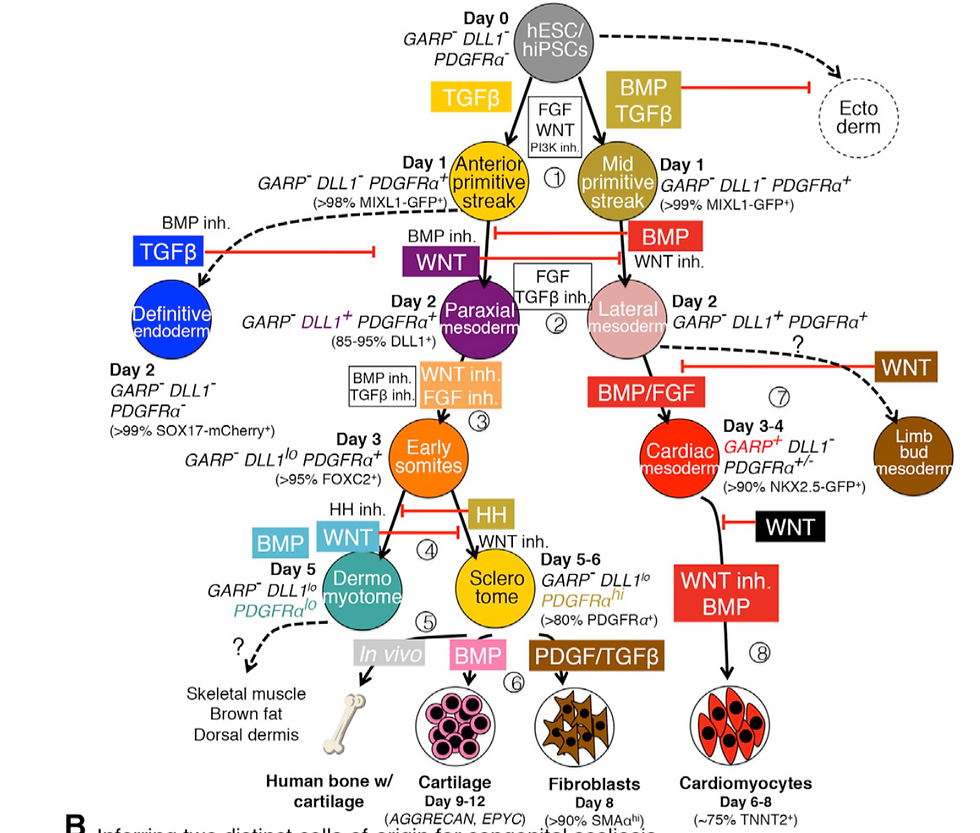Gradients of Life
- Sara
- Mar 23, 2017
- 1 min read

You might be wondering how scientists "guess" the small molecules that should be used on the cells to encourage specified differentiation. They do this by studying the development of embryos -- in particular the embryological gradients. Embryological gradients are found along three axes: the dorsal-ventral, anterior-posterior, and rostral-caudal. Most studies of embryological gradients are done on nonhuman subjects. Instead, these studies are conducted on mice and chicks. However, the information gleaned from these studies can often be applied to humans because animals use a small handful of signals to specify a large number of possibilities. Usually, my principal investigator will choose a specific tissue to pursue and then try to understand the development of that tissue from the blastocyst. Once the development is understood as best as possible, the lab will attempt to find the signaling molecules in similar developmental regions of other animals by looking through scientific literature. To be able to change the expression level of that signal in the cell, they search for small molecules that are either agonists (that increase expression) or antagonists (that block expression). The lab has found that to be properly directed, cells often need both an agonist and an antagonist that target different signals. The small molecules are tried and tested to refine the dosage and the effect they have on the cells. Sometimes the gradient found in the embryos is recreated in the lab by having several plates with the only independent variable being how much of the small molecule they receive. The scientists can assess how well the small molecules work by testing for makers. I'll go into that in the next post!


Comments